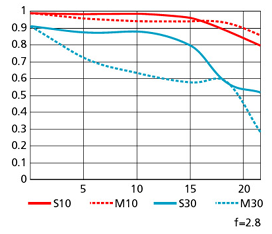This post is written by Guest Contributor, Champ Ocampo. If you are also interested in writing a guest blog, please reach out using the form in the Contact page.
Traveling is almost everybody’s dream, whether out of country or simply just out of town. Aside from passport and plane ticket, camera is one of the most important things to carry while traveling. It is SOP to have a camera to capture all the memorable moments at a certain place. Can you imagine traveling without a camera? How will you be able to brag to your buddies that you have already been here and there and everywhere without photos as a proof? So, camera is really as important as your passport and plane ticket. Some travelers only bring point and shoot cameras for light packing purposes. But some do bring DSLRs for quality photos. Obviously, you cannot pack light with DSLRs. Variety of lenses will add you 2 to 3 kilograms on your baggage. Imagine you have your normal lens, your ultra wide angle, your macro lens, your telephoto plus accessories in a bulky camera bag. I bet you prefer to hand carry your camera bag than check it in.
Here are some tips to travel light with your DSLR:
1. Bring only one DSLR body: If possible, try not to bring a padded strap (Black Rapid or Quick Strap Sling types).
2. Bring only one lens: A 17-50mm f/2.8 will do the job (18-55mm f/4.5-5.6 kit lens will also work). You can do both portrait and landscape with this amazing lenses.
3. Battery Charger: Do not forget to bring a universal adapter.
4. Shoulder type DSLR bag: Obviously, this type is smaller and much lighter than backpack types.
And here is the list of extra stuff you want to carry when traveling,
1. SD/CF Cards
2. Battery
3. ND Filters – Good for tropical countries to capture greener tree leaves and perfect blue skies. ND8 is highly recommended.
4. RF Remote Shutter Button – This will allow you to have a complete family picture. You do not have to shoot your wife and kids or your wife shooting you and your kids. Just mount it on a stable flat surface (we can always look for an alternative to a tripod) and keep shooting using the remote.
So we can now leave other camera stuffs home. We have to be very practical when it comes to select stuff when traveling in order to avoid excess baggage. After all, capturing priceless moments is the most important thing to remember.












